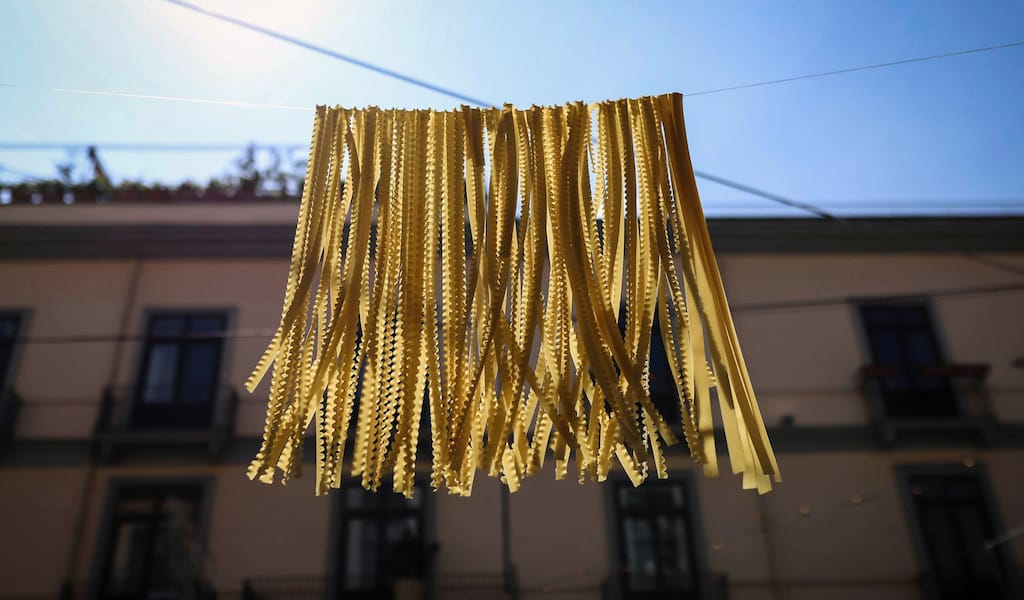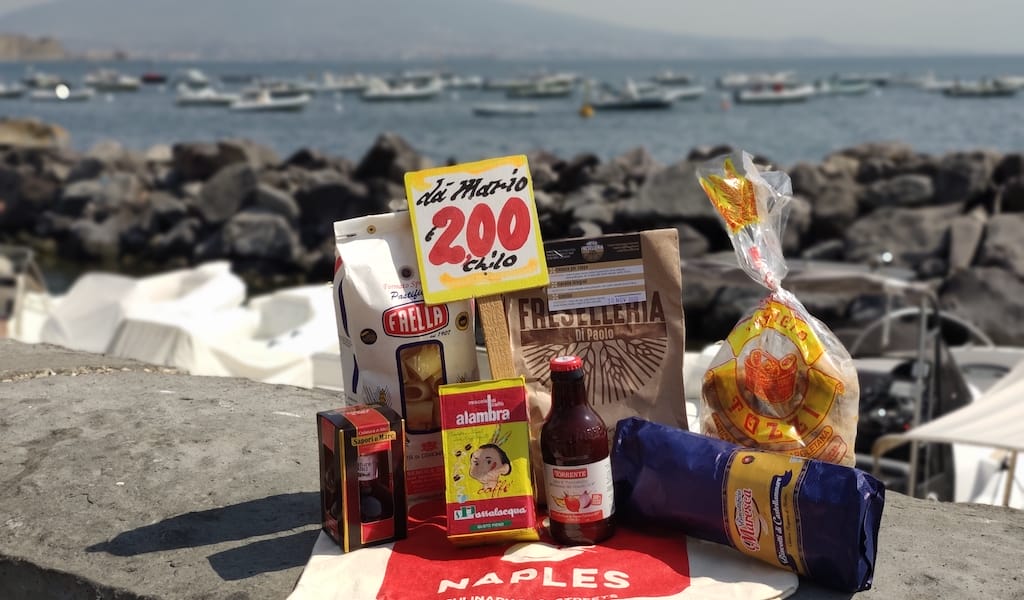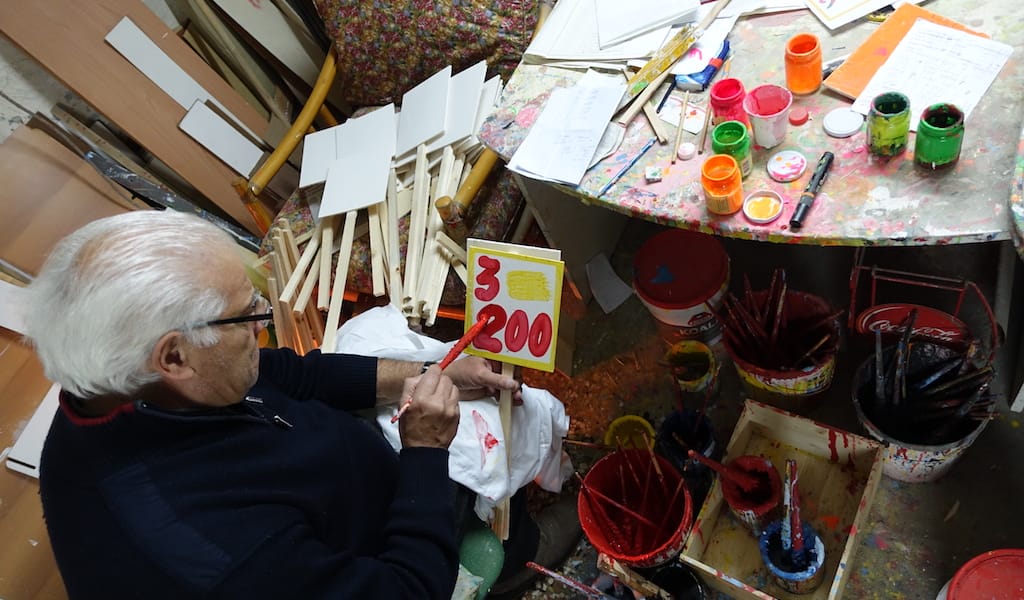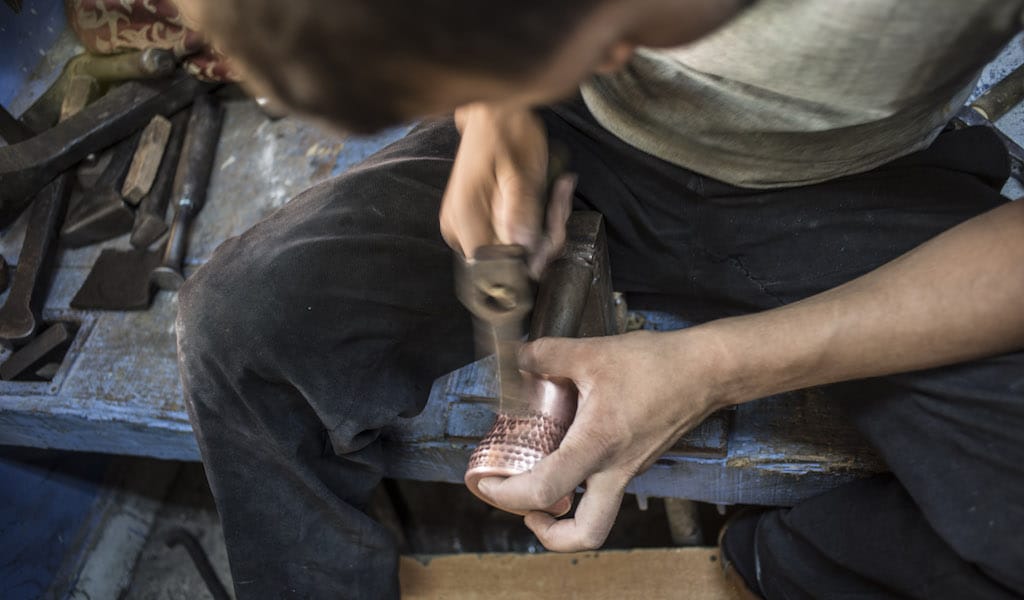All too often, buying holiday gifts is reduced to a tedious chore, one that has you racking your brain for something inoffensive to get your Great Uncle Carl. And when you turn to a holiday gift guide for inspiration, you’re likely to find seemingly endless lists littered with undisclosed affiliate links.
With that in mind, we’ve brought back our gift guide, a highly-selective (and relatively short) list of products, some serious, others frivolous, that our correspondents and guides eat and use, made by people they know. Many of them are featured in stories that we’ve published, and we worked our hardest to connect you directly with producers – while we weren’t always successful, we did manage to avoid Amazon entirely (and no affiliate links in sight).
Since we believe that experiences are the best kind of gift, we would ideally see you and your loved ones on one of our culinary tours or trips (you can also purchase gift certificates for our walks). If you’d rather explore on your own, you can purchase our guidebooks for Athens, Barcelona or Istanbul, or buy the iPhone app for those cities. You can also peruse our shop to see items we have produced ourselves – our “Usta All-Stars” cards or a handmade market sign from Naples, for example – and others that we just really enjoy using or giving as gifts.
Now, without further ado, CB’s 2019 gift guide:
Athens
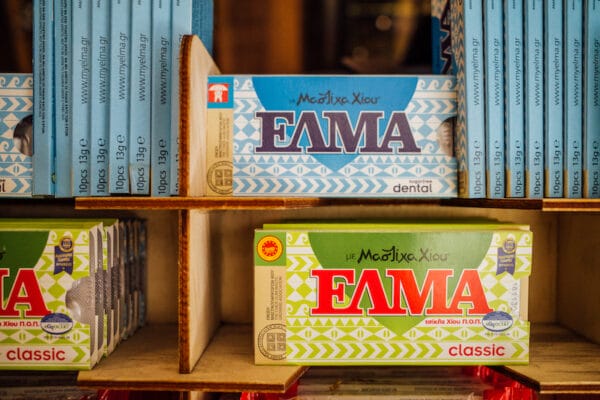
ELMA Mastic Chewing Gum
The older Greek generation, my grandmother included, used to refer to gum as mastiha, the name for the aromatic resin from mastic trees that has been chewed by Greeks since antiquity. For thousands of years, chomping on mastiha has helped people sweeten their breath, protect their teeth and gums, and settle their stomachs (it has been scientifically proven that chewing mastic gum can help patients with certain types of stomach ulcers).
My favorite mastic gum is ELMA because it has a mild, resinous taste and is devoid of the annoyingly strong menthol found in other gums. It’s harder than your usual gum and doesn’t last as long, but it has always made me feel better. Another feel good factor is that ELMA gum is manufactured by the Chios Mastiha Growers Association, which means that you’re helping an ancient trade on a small Aegean island survive and flourish, just by chewing gum! In addition to the classic ELMA, I enjoy sugarfree and rose (which tastes like loukoumi, but without the sugar). Order here. Johanna Dimopoulos
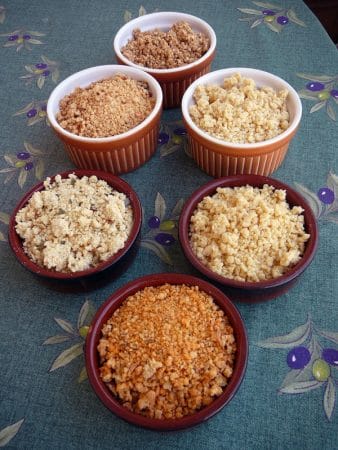
Trahana
Trahana, a type of rustic pasta shaped in small bulgur-like granules, has been enjoyed for centuries in Greece. The basic principle is boiling some type of wheat (flour, semolina or cracked wheat) in some type of dairy (milk, buttermilk or yogurt), after which the mixture is traditionally shaped into balls and dried in the sun. The balls are then chopped or grated and dried some more, after which the granules are stored in cloth bags where they can keep for quite a long time. There are different versions of it all over the country, but you’ll usually find two types: sweet (not sugary but more mild since the wheat has been boiled in milk) or sour (a tangier flavor thanks to yogurt or buttermilk). Although if you really enjoy a tangy punch, go for the Cretan xinohodro, a more rustic, sour version.
Like most Greeks, I grew up eating trahana. My personal favorite is the sour version made with goat’s milk. The typical way to cook trahana is to boil it in either water, a nice broth or milk. Within minutes, it thickens up like porridge. Add some crumbled feta, a small knob of butter and some chopped herbs like mint or parsley before serving, and you’ve got one of the most comforting winter dishes on the planet. The sweet version also makes a fantastic breakfast porridge – I boil it in milk with diced apple and raisins, add in ground cinnamon and ginger while it’s still cooking, and then mix in a spoonful of thyme honey when I take it off the heat. As a final touch, I sprinkle fresh pomegranate seeds and chopped walnuts on top. Order a sour trahana here, and a sweet trahana here. Carolina Doriti
Barcelona

Canned Galician Seafood
Located in northwestern Spain, Galicia is one of the most important centers of artisanal fishing in Europe, with a fleet of over 4,000 boats, more than 330,000 bateas (wooden rafts used to grow shellfish) and 3,700 seafood catchers working the beaches and sand banks. The seafood that springs from this region is some of the most desired in Spain.
One area with a number of families employed in the sector is Ría de Arousa, where Cambados village is located. I wrote earlier in the year about the women in this village, who catch some incredibly delicious shellfish: clams, razor clams, cockles and scallops of the highest quality. It’s usually very difficult to find this wonderfully fresh seafood outside of Spain, but La Tienda, the online shop that works closely with chef José Andrés to bring Spanish products to a U.S. audience, offers a good selection, with a twist. These Atlantic treasures have been packed and preserved in cans, as has been done in Galicia since the 19th century. Order here. Paula Mourenza

Catànies
One of Barcelona’s most iconic chocolate candies is Catànies. This classic and delicious sweet is made from one Marcona almond (which are only cultivated in eastern Spain) that has been caramelized, coated with an excellent praline made in-house (using a secret ingredient, of course) and then covered by chocolate and cocoa powder. This candy is originally from the Catalan city of Vilafranca del Penedés. It was there that Josep Cudié, the confectioner at the pastry shop Joans Trens i Riba, first developed and then started selling it in 1949. Nowadays, the third generation, Oriol Llopart Cudié, is working as a professional confectioner under his own brand, Cudié, and building on Josep’s legacy by producing Catànies in a variety of new flavors: lime, yogurt, coffee, dark chocolate and more. Buy the gift collection and you can pick your favorite. Order here. Paula Mourenza
Istanbul
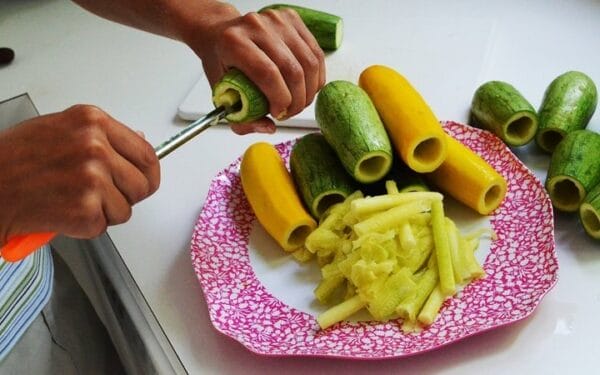
Dolma Tool
We have yet to master sarma (stuffed vine leaves) – we still rely on the teyze living downstairs for our fix – but our dolma-making skills are on the up and up, with zucchini and eggplants being our vegetables of choice. One way to slightly speed up this long process without sacrificing taste is to use a dolma tool to hollow out your eggplants and zucchini. Shaving off a bit of time between first cut and first bite of the softened yet sturdy eggplant and fragrant rice, preferably doused in yogurt, is nothing to sniff at. Order here. Culinary Backstreets

Isot Pepper
The area straddling the border between Turkey and Syria is sadly now known as a conflict zone, but we also like to think of the area as the Middle East’s “Pepper Belt.” This fertile region is, after all, where the famous dried Aleppo red pepper comes from. A lesser-known but more interesting local pepper is Isot, which grows around the Turkish city of Urfa. Think of Isot as Aleppo pepper’s swarthy, more alluring relative. The pepper itself grows to a dark brown color and is then dried in the sun and lovingly covered at night to keep its moisture and oils. The result is a dried pepper whose flakes are surprisingly moist, with a rich dark color and a flavor profile that’s smoky, earthy and a whole lot more. Isot will blow your mind, not because of its heat but because of its complexity. Use it in soups, salads, stews, egg dishes, really anything. Hell, throw it in your bathwater and soak in its aroma. It’s that good. Order here. Culinary Backstreets
Lisbon
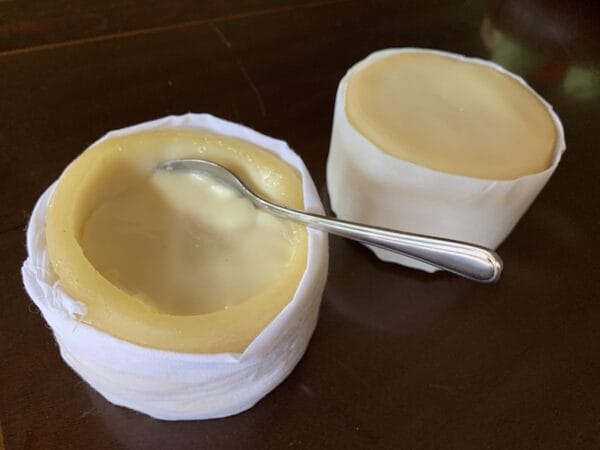
Serra Cheese
While not well known abroad, Portuguese cheese is something extraordinary. Although there are many good choices of sheep or goat’s milk cheese made using ancient and artisanal methods, my favorite is queijo da serra, or Serra cheese, a DOP (Protected Designation of Origin) product. Made in the mountainous region of Serra da Estrela (the highest point in continental Portugal), it’s considered to be the oldest cheese in the country, probably introduced by the Romans. The milk comes from sheep that roam free in mountainous pastures and is then turned into cheese with an ancient method that uses enzymes derived from thistle flowers instead of rennet.
For me, this soft cheese is one of the great joys of winter (it used to be available only in the fall and winter, although you can now purchase it year-round), especially when paired some pumpkin or tomato jam, quince marmalade or just on its own with a glass of Dão wine. But my all-time favorite way to consume Serra cheese is cutting open the circular cheese’s firm exterior like a lid and scooping out the gooey inside. (Purists say that the cheese should be sliced, but experience tells me that Serra cheese is at its best when soft and runny, which makes slicing impractical.) When it’s finished, I boil some pasta, place it inside the leftover rind and bake it in the oven, sprinkling oregano on top once it’s done. Order here. Célia Pedroso

Bordallo Pinheiro Cheese Plate
Rafael Bordallo Pinheiro was a sort of Portuguese Renaissance man: a multifaceted artist who painted, sculpted, wrote and, in 1884, founded a ceramics factory that produced some of the most iconic pieces one can find in Portugal. The factory – now part of the Vista Alegre group – is still up and running. That’s where pieces like this beautiful cheese plate are born. Don’t let the cabbage fool you, this is indeed a cheese plate: The cabbage leaves are an element present in many of Bordallo Pinheiro’s creations, which always reflected the Portuguese culture in one way or another. Order here. Tiago Pais
Marseille
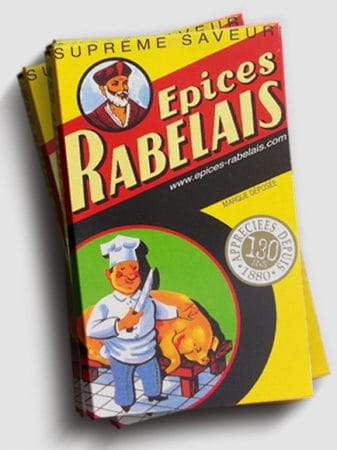
Epices Rabelais
If Marseille were a flavor, it would be Epices Rabelais. Born in 1880, this spice blend mixes the African and Asian spices that arrive at its port with aromatics sourced from the city’s surrounding hills. The precursor to quatre épices (France’s version of allspice made with cloves, nutmeg, peppercorns, and ginger), Epices Rabelais is the ideal ingredient for comforting stews, roasts and desserts to keep you warm through the winter. It makes butternut squash sing and walnut bread oh-so-flavorful. We love it sprinkled on roasted pork – whose juices marry with the pepper, cloves and aromatics for the most succulent combo. Hence why charcutiers across the South have been using it for over a century in sausages and pâtés. A great gift that goes beyond the usual herbs du Provence – and well timed for cold-weather meals. Order directly from Epices Rabelais or from Maison Empereur if you want to buy multiple holiday goodies. Alexis Steinman
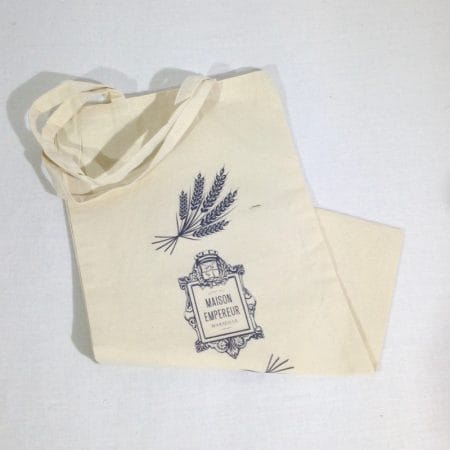
Sac à Pain
Though we like the idea of a bag in which we hide all our miseries away, pain is the French word for bread (like the pain au chocolat that boulangeries sell). When you store your bread in plastic, it traps in moisture and makes your crust soggy. These cotton bread bags let your bread breathe, preserving its flavors for longer lasting loaves. The pièce de résistance? The bag is marked with the crest of Maison Empereur, France’s oldest hardware store. A fixture in Marseille since 1827, the quincaillerie of 60,000 goods is a chef’s paradise – teeming with cookware, dishes and the like from heritage brands across France. So this sac à pain will put a little slice of France in your home – since it’s too expensive to ship baguettes overnight. Order here. Alexis Steinman
Mexico City
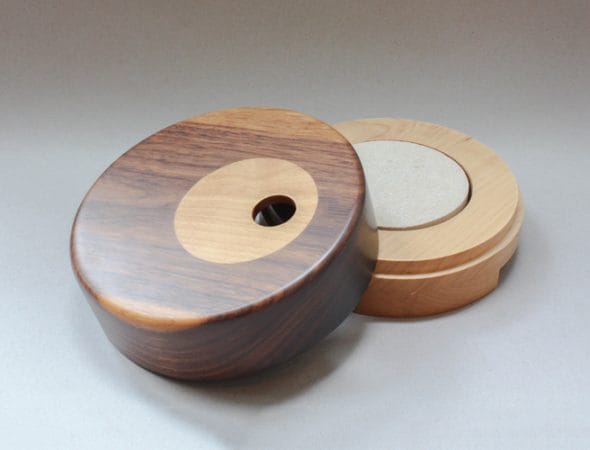
Thermal Tortilla Holders
Tortillas can be deceptive things. Traditionally made of only three ingredients, ground corn, water and alkaline limewater, they may seem like a simple creation; but tear into a truly handcrafted one and a heady and complex aroma is released. Tortillas may also come across as hearty things, able to withstand being piled high with a variety of fillings and then folded over before being consumed, but the truth is that they also demand gentle care. Coming off the comal, the large round griddles they are traditionally cooked on, tortillas must be eaten immediately or otherwise swaddled like a baby, lest they lose their steam and become brittle.
Wrapping tortillas up in a kitchen towel is the easiest way to keep them warm and pliable. But something this elemental deserves better care. In many Mexican restaurants, that means putting them in utilitarian round plastic containers. The folks at Galería Mexicana de Diseño, which brings together the work of various Mexican designers, have found something more striking: a holder made of oak and Caribbean walnut with a marble base that can be heated to keep the tortillas extra toasty. For those looking for something a bit more affordable yet still stylish, GMD offers colorful tortilla holders made of jipijapa, the same material used to make Panama hats. You can find the two holders here. Culinary Backstreets
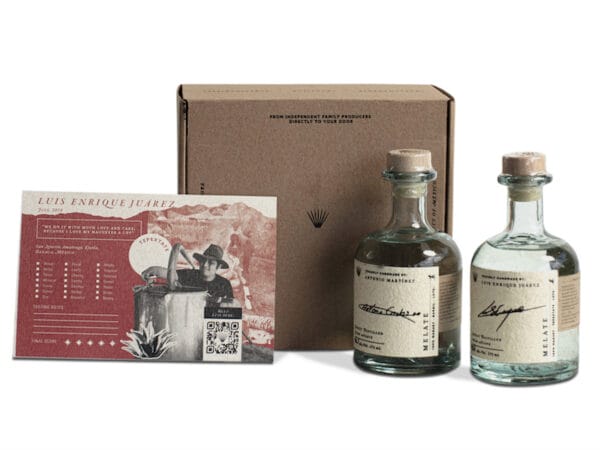
Maguey Melate
Mezcal, tequila’s previously less-famous cousin currently conquering palates across the globe, can finally be yours without crossing the border into Mexico. Maguey Melate is a new mezcal service based out of Oaxaca, Mexico – the spirit’s home turf – that delivers a monthly bottle of the “elixir of the gods” right to your doorstep. Here’s why I like this product: First and foremost, it is increasingly hard to carry mezcal home from Mexico, what with weight and customs restrictions, especially if you are carrying some unlabeled small-batch, artisanal bottle that you happened upon during your travels. This subscription service takes the hassle out of enjoying unique, delicious mezcal at home.
Moreover, Maguey Melate strives to be a socially responsible business, not only paying fairly and not binding their producers to exclusive contracts, but also highlighting the mezcal makers themselves, making their name, and their story, front and center for customers. Each producer has his or her own web page on the Maguey Melate website with interviews, photos, information about their product, and a place for customers to leave comments and tasting notes. There is also a map with GPS coordinates and contact information if customers want to reach out directly to the producers. If you hesitate to go all out and join the Mezcalero of the Month Club for the entire year (US$115 every two months), you can buy single bottles on their online store. Either way, this is a great gift for the mezcal lover in your life (especially if that person is you). Order here. Lydia Carey
Naples

Neapolitan Flip Coffee Pot
Although it’s called napoletana, this coffee pot was actually not born in Naples: Monsieur Morize invented it in France at the start of the 19th century. From Paris it spread all over the world, and in a city as enamored with its coffee as Naples, it quickly became popular, so much so that it was called “Neapolitan” throughout Italy (it’s also called a cuccumella in Italian).
The pot has quite a funny shape – the spout is positioned downward as the water warms up. When the water finally boils, the machine is turned upside down, allowing the boiling water to fall by gravity and drip through the filter full of coffee grounds. This can take several minutes, during which time Neapolitans traditionally placed a paper cone of sorts over the spout – at this point facing upright – to preserve the coffee’s aroma. This poetic coffee-making process was largely forgotten with the introduction of the modern Moka pot, which was invented by Alfonso Bialetti in 1933. It went on to become the most famous coffee maker in the world and an icon of Italian design. Yet we haven’t totally abandoned our Neapolitan pot – the flip and drip method adds a dash of traditional to our morning caffè. Order here. Amedeo Colella
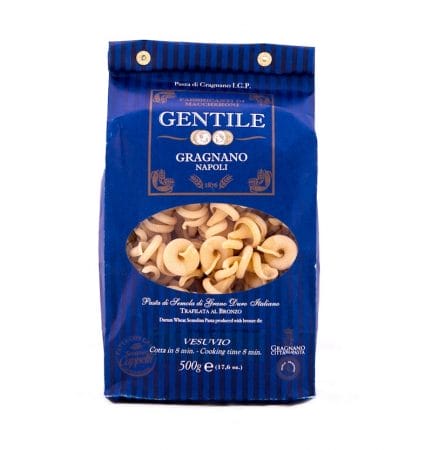
Gentile Dried Pasta
Gragnano, just beyond Naples, was perfectly situated to become a pasta-making paradise. It was a grain capital, but more than that the town, which sits in a valley that’s ventilated by sea breezes and benefits from generally mild, stable temperatures, has the perfect air for drying pasta.
Today its environs are home to some of the most prized dried pasta factories in the world. Chefs and homemakers across Italy praise Gragnano pasta for its texture, taste and stable preservation. While air-drying is no longer feasible for larger producers, they must dry their pasta more gradually, for up to 50 hours at lower temperatures, for it to be recognized under the Pasta di Gragnano PGI (Protected Geographical Indication). One of our favorite brands is Pastificio Gentile – while more expensive, it holds its shape more reliably than sickeningly flaccid industrial pasta. You can go for a traditional shape, like paccheri or bucatini, but we love the modern vesuvio pasta, which is inspired by Vesuvius, the volcano that looms over Naples, and holds sauces well. Order here. Culinary Backstreets
Porto
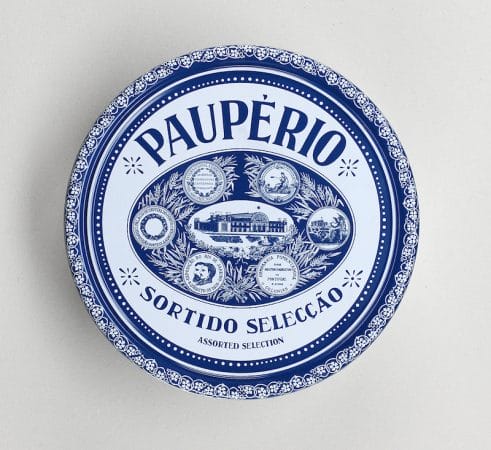
Paupério Biscuits and Cookies
For Portuenses, hearing the name “Paupério” has the effect of transporting us back to childhood, arousing a familiar sensation of the most simple and comfortable flavors. For over 100 years, Paupério & Companhia has been manufacturing their famous biscuits and cookies, which have won awards in Portugal, the United States and Brazil.
The recipe – secret, of course – has stayed the same since the first biscuits came out of the oven. Owned by the same family for six generations, the Paupério Cookie Factory, as it is still known, produces much more than cookies, though – there’s also pão de ló and bolo-rei (two Portuguese cakes typically eaten on Christmas), and even marmalade and jam. Yet they haven’t veered from their artisanal roots, as everything is still packed by hand. Order here. Cláudia Brandão
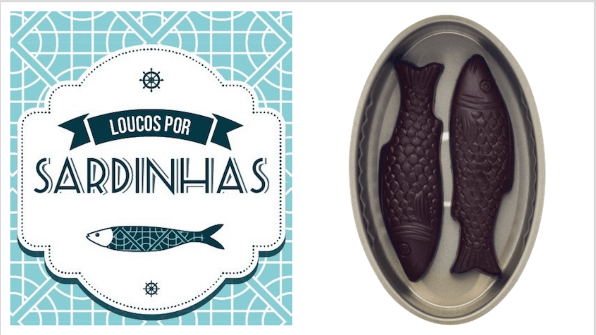
Sardines Two Ways
When wandering around Porto, you’re almost certain to see a picture of sardines in a souvenir shop. At the traditional St. John’s feast, you’ll find them on every corner, on every outdoor stove. Just follow the smell. If you can, head to the beach early in the morning to watch the local fishermen reel them in. It’s impossible to find them any fresher.
It’s no wonder that Portuguese canned sardines are exported in staggering amounts (the canning industry plays a very important role in northern Portugal’s fishing zones). We can assure you that the traditional sardine retains all its tasty properties when canned, whether natural, in olive oil or with spicy tomato sauce, which you can order here. Once you’re done with your savory, try something sweet – chocolate sardines filled with port wine. Order here. Cláudia Brandão
Queens

Joe DiStefano’s “111 Places in Queens That You Must Not Miss”
The foods of Queens are staggeringly diverse. So are the people who serve them, and so is the borough all around them. In his book 111 Places in Queens That You Must Not Miss, Joe DiStefano leads the way not only to good eats – perhaps one-third of the entries are food-and-drink-related – but also to the places where people gather in numbers or find solitude, look to the past or celebrate the present, revel in the quirky or enjoy the everyday. Full-page color photos by Clay Williams, one for each entry, provide added inspiration to explore the far reaches of Queens. Think of it as cultural nourishment for the interludes between meals; you’ll find no “empty calories” here. Order here. Dave Cook
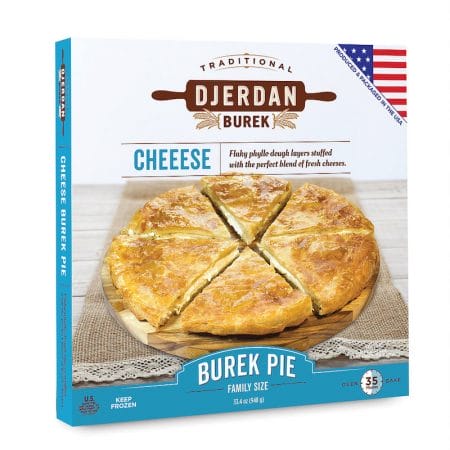
Djerdan Burek
If you ask any former resident of the Balkans now living in New York where they buy the flaky, savory phyllo pie known as burek, there’s a good chance they’ll direct you to Djerdan Burek in Astoria. While we love visiting this Queens storefront, the heart of Djerdan Burek’s business is their burek factory in New Jersey – it’s the only one of its kind in the United States. So even if a trip to Astoria is not in the cards, you can still taste Djerdan’s pies thanks to this industrial bakery, which ships them frozen. Order here. Culinary Backstreets
Shanghai

Jianbing Blanket
This 1.5m microfiber jianbing blanket (煎饼毯子) is perfect for turning heads at a picnic, impressing your hipster friends with your “obscure” Chinese street food knowledge, or spending long nights snuggling in front of the fireplace AKA Netflix with your partner. You can even wrap your baby in it, but you may be too tempted to take a bite! Created in conjunction with the first ever World Jianbing Day on April 30, these blankets pay tribute to the traditional Chinese snack that is simultaneously threatened at home due to street food crackdowns and spreading its wings abroad in new and interesting iterations as the Chinese diaspora and fans open jianbing shops around the world. Order here. Kyle Long

Derek Sandhaus’ “Drunk in China”
Derek Sandhaus has become the baijiu world’s go-to guy for everything from baijiu cocktail recipes to his encyclopedic knowledge of distilleries in every corner of China. Hot off the success of his last book, Baijiu: The Essentials, Derek now travels the world spreading baijiu knowledge and encouraging bars to stock his own baijiu line, Ming River. Made in conjunction with China’s longest continually served baijiu brand, Luzhou Laojiao, Ming River combines China’s distilling know-how with Sandhaus’ network and marketing connections.
Derek’s latest book, Drunk in China, is a fascinating and deeper dive into how baijiu relates to the greater Chinese society, including political and historical twists of fate that have led to baijiu’s rise in the world’s oldest drinking culture. Order here. Kyle Long
Stay tuned for a Q&A with Derek Sandhaus as part of our inaugural Book Week.
Tbilisi

Organic Georgian Tea
Up until the 1980s, Georgia was among the largest tea exporters in the world. But the fall of Communism and the subsequent chaotic decade that followed devastated the tea industry. Today, however, people are returning to the old fields to produce organic tea, like this group of ex-professionals from the Baltics who have relocated to Georgia and established Renegade Tea, a company exporting delicious organic Georgian tea. Order here. Paul Rimple

Grape Vine Cuttings
In most Western vineyards, vine pruning is turned to compost or burned, but in Georgia, the cuttings are called tsalami and are used to stoke tone bread ovens in the villages and are the secret to making the tastiest mtsvadi, Georgian barbecue. The best restaurants use this method. Skewer cubes of pork neck or shoulder, salt them (or marinate them in wine beforehand), and roast them over the tsalami coals. They burn hot, evenly, quickly and are highly aromatic, to boot. And they require no starter fluid! Order here. Paul Rimple
Tokyo

Takoyaki Maker
Takoyaki is the small, round cousin of okonomiyaki, a grilled pancake packed with whatever ingredients appeal, and like okonomiyaki it originated in Osaka in the 1930s. It’s basically flavored batter shaped around a piece of octopus (tako). While a quintessential street food snack, it has also become an extremely popular dish to make when having a party at home. I was recently at a dinner party where we sat around the dining table making our own takoyaki – some in the traditional style with bits of octopus, while with others we got more creative, using a variety of alternatives. Whichever fillings you choose, these little balls with their crispy exterior and piping hot, soft and creamy interior are sure to be a winner with family and friends. Order here. Mairi Wallace
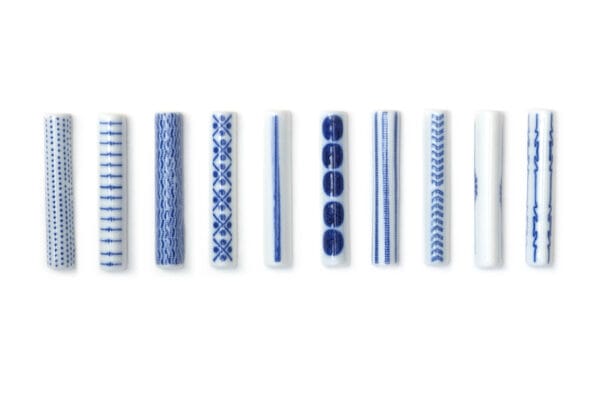
Inban Chopstick Rests
Chopsticks are an essential part of a meal in Japan but given short shrift in the West. Consequently, an important piece of Japanese tableware is a chopstick rest – you don’t want the tips of your chopsticks to be dirtied, nor do you want them rolling off the table. We love these elegant chopstick rests for their simplicity and clean design. Made by hand in Nagasaki Prefecture using a technique called inban, they match any dishes we use. Always place chopsticks in front of you, between you and the food, never to the side of a plate. Order here. Fran Kuzui
Published on November 25, 2019
Related stories
November 16, 2020
Elsewhere | By Culinary Backstreets
ElsewhereWhen we published our first gift guide in 2017, our aim was simple: to share a highly-selective (and relatively short) list of products – some serious, others lighthearted – that our correspondents and guides eat and use, made by people they know. But in this unprecedented year, which has left so many of us grounded…
November 21, 2018
Elsewhere | By Culinary Backstreets
ElsewhereWe said it last year, and we’ll say it again: we’re often not impressed with traditional holiday gift guides. They’re either littered with undisclosed affiliate links or seemingly endless lists (much like our holiday to-dos) that make us want to turn off the computer and hibernate until the end of January. With that in mind,…
November 22, 2017
Elsewhere | By Culinary Backstreets
ElsewhereTruth be told, we’re often not impressed with traditional holiday gift guides. They’re either littered with undisclosed affiliate links or seemingly endless lists (much like our holiday to-dos) that make us want to turn off the computer and hibernate until the end of January. So, what makes our gift guide different? It’s a highly-selective (and…







































